Search results for 'yellow pigment'
-
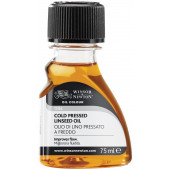
Winsor & Newton Cold Pressed Linseed Oil
Starting at: £9.20
-
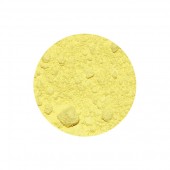
Lemon Yellow Pigment
Starting at: £7.00
Call to Order
-
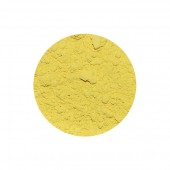
Naples Yellow Light Pigment
Starting at: £7.40
Call to Order
-
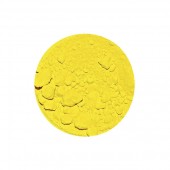
Chrome Yellow Light Pigment
Starting at: £10.00
Call to Order
-
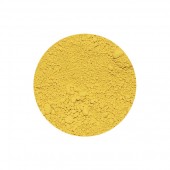
Naples Yellow Dark Pigment
Starting at: £7.40
Call to Order
-
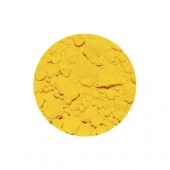
Chrome Yellow Middle Pigment
Starting at: £10.00
Call to Order
-
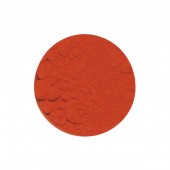
Chrome Yellow Orange Pigment
Starting at: £14.00
Call to Order
-
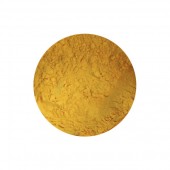
Lead Tin Yellow Dark Pigment
Starting at: £4.80
Call to Order
-
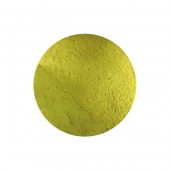
Lead Tin Yellow Light Pigment
Starting at: £4.80
Call to Order
-
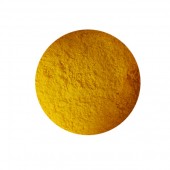
Orpiment Pigment
Starting at: £12.75
Call to Order
-
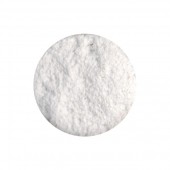
Flake White Pigment
Starting at: £18.75
Call to Order




